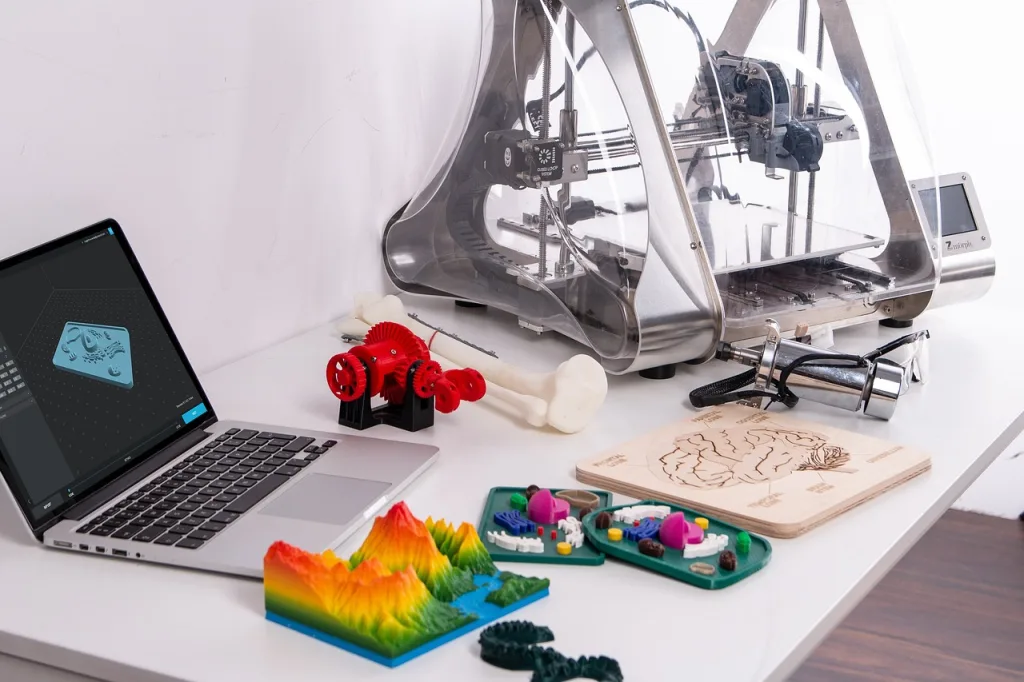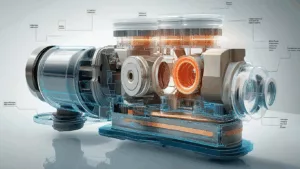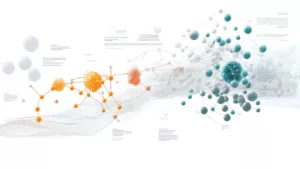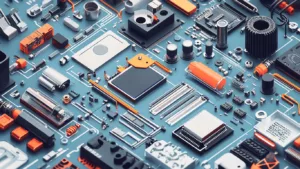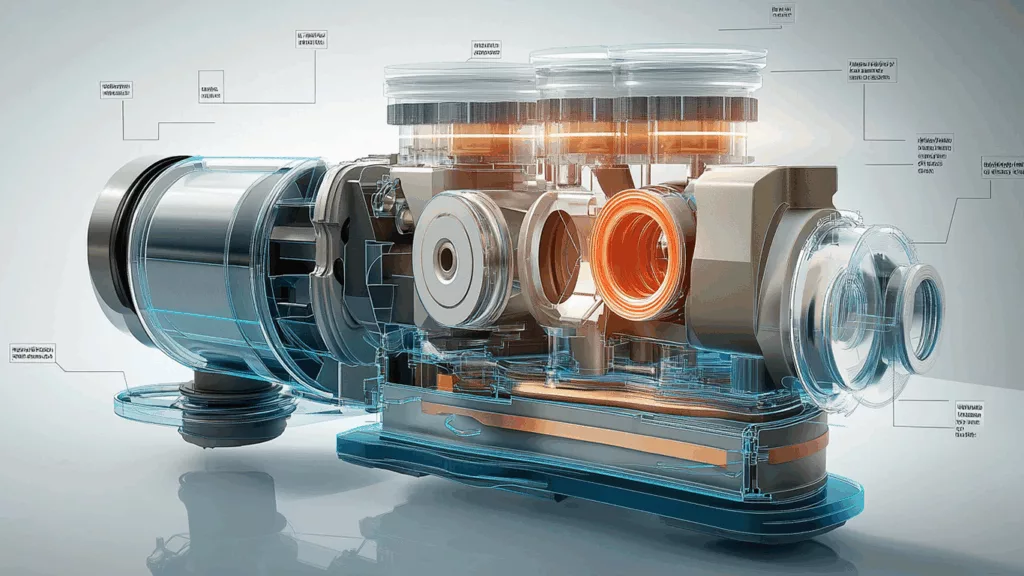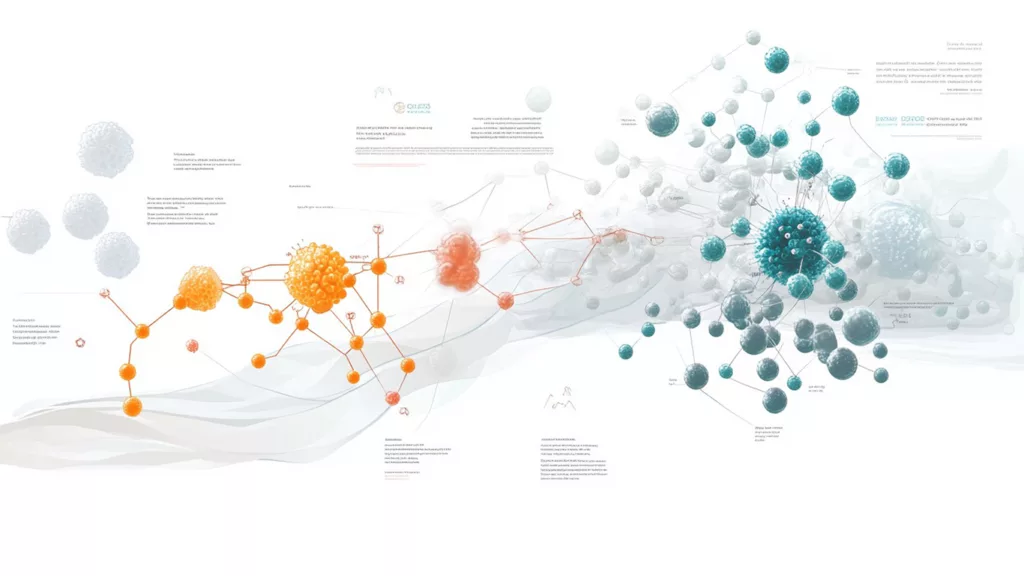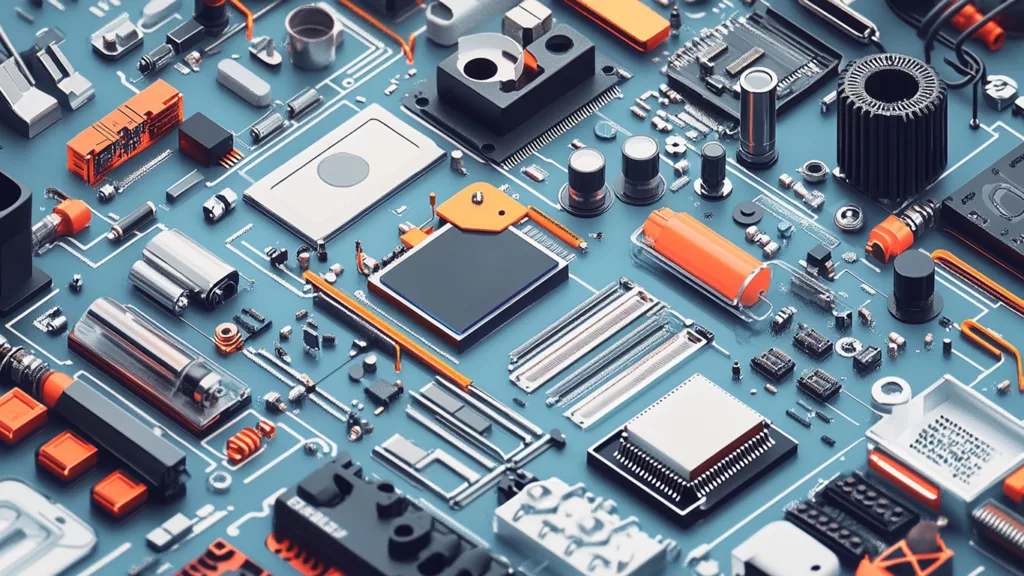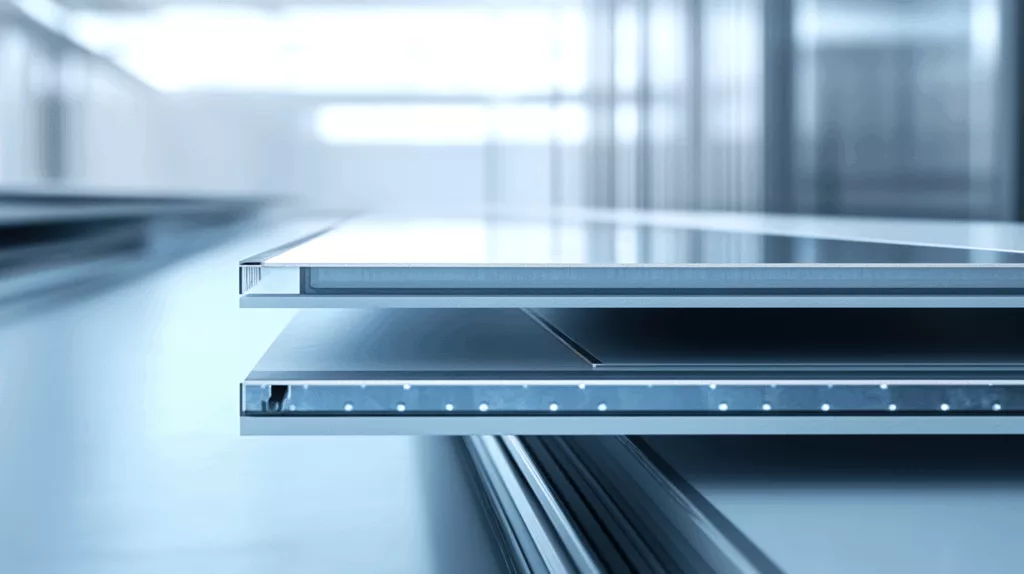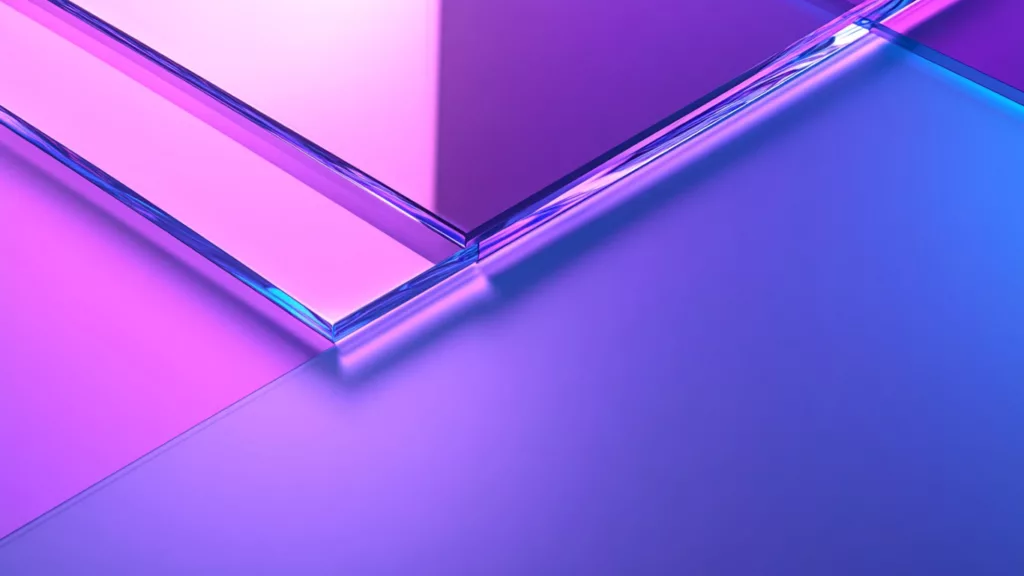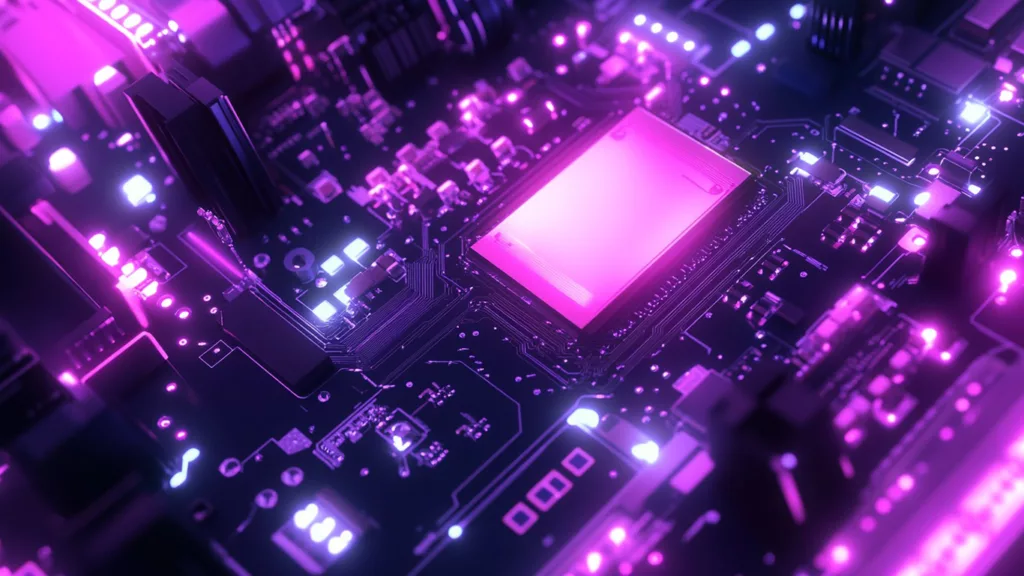Introduction:
Welcome to our blog post dedicated to exploring the captivating world of resin 3D prints. Whether you’re a beginner just starting your journey or a seasoned professional looking to expand your expertise, this guide aims to provide valuable insights into the process, techniques, and tips for achieving exceptional results with resin-based 3D printing. Let’s dive in!
The Fundamentals of Resin 3D Printing:
Understanding the Difference: Resin vs. Filament-based 3D Printing
Benefits of Resin 3D Printing: Superior Detail, Smooth Finishes, and More
Overview of Resin Types: Standard, Engineering, and Specialty Resins
Choosing the Right Resin for Your Project:
Considerations for Material Selection: Mechanical Properties, Flexibility, and Transparency
Matching Resins to Printers: Compatibility and Settings
Exploring Resin Colors and Finishes: Pigments, Translucency, and Opaque Options
Essential Equipment and Safety Precautions:
Introduction to Resin 3D Printers: Key Components and Features
Setting Up Your Workspace: Ventilation, UV Protection, and Personal Safety Gear
Handling and Disposal of Resin: Best Practices for a Safe Environment
Preparing Your 3D Model for Resin Printing:
Optimizing 3D Models: Mesh Cleaning, Supports, and Orientation
Software Tools for Preprocessing: Slicing Software, Hollowing, and Drain Holes
Fine-Tuning Print Settings: Layer Thickness, Exposure Times, and Curing Methods
Achieving High-Quality Resin 3D Prints:
Balancing Speed and Precision: Print Parameters and Adjustments
Post-Processing Techniques: Removing Supports, Cleaning, and Curing
Finishing Touches: Sanding, Polishing, and Surface Treatment Options
Troubleshooting Common Challenges:
Addressing Print Failures: Failed Adhesion, Layer Shifts, and Warping
Dealing with Resin Leakage: Overflows, Resin Vat Maintenance, and Cleanups
Handling Brittle or Brittle-Like Prints: Causes and Solutions
Advanced Tips for Professional Results:
Exploring Resin Casting and Mold-Making Techniques
Combining Resin Printing with Other Materials: Hybrid Creations
Pushing the Boundaries: Multi-Material Resin 3D Printing and Experimental Approaches
Expanding Horizons: Innovations and Future Trends:
Introduction to Photopolymerization Technologies: DLP, SLA, and More
Emerging Resin Materials and Applications: Biocompatible Resins, Flexible Prints, etc.
Anticipated Advancements in Resin 3D Printing: Speed, Size, and Enhanced Detail
Conclusion:
Resin 3D printing opens up a world of possibilities for creating intricate, detailed, and visually stunning prints. Whether you’re just starting out or seeking to take your projects to the next level, this comprehensive guide has equipped you with the knowledge needed to succeed. Now, it’s time to unleash your creativity and bring your ideas to life with resin 3D prints!
Remember to optimize the content for search engines by incorporating relevant keywords organically throughout the article. Additionally, supplement the text with high-quality images showcasing resin 3D prints to engage readers visually.


